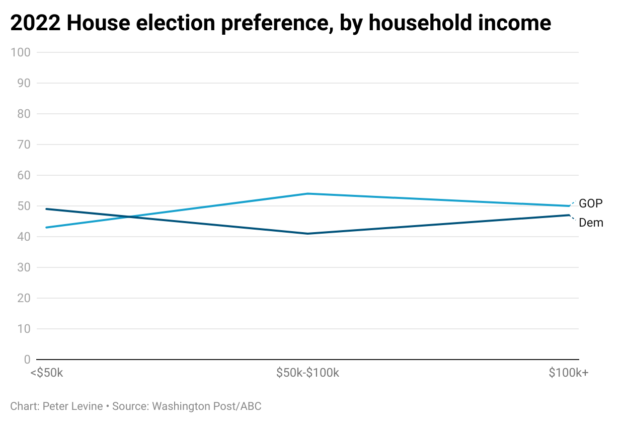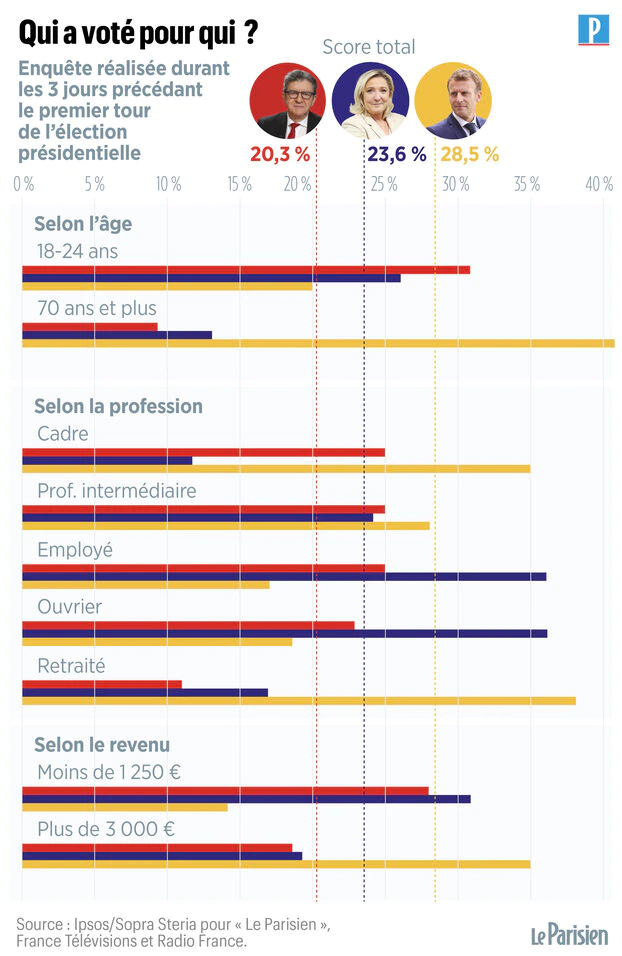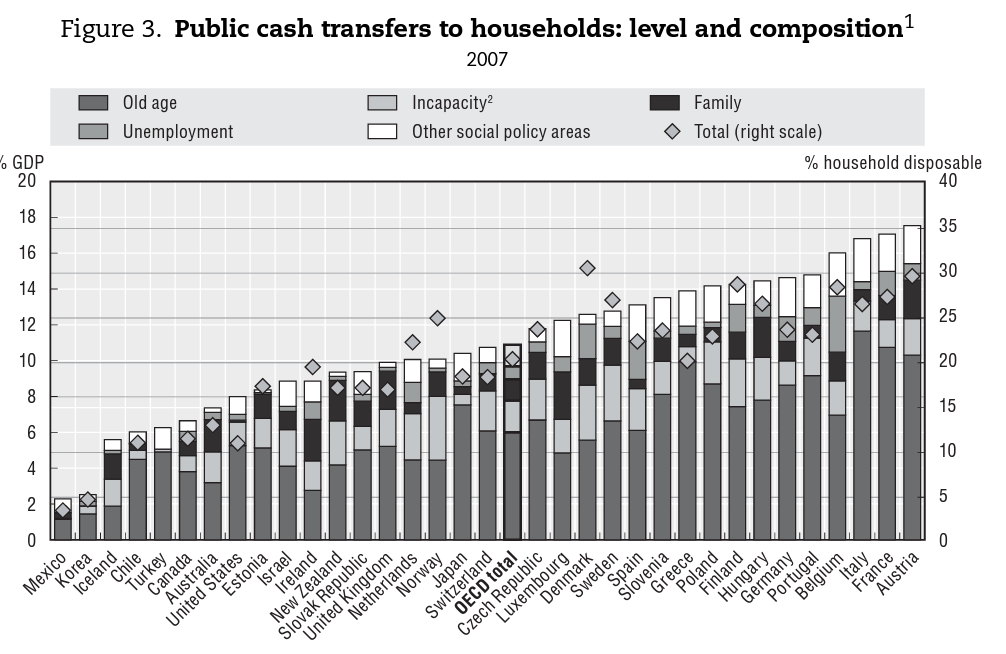- Facebook81
- Twitter2
- Total 83
In an interesting conversation between Ryan Grimm and Dimitri Melhorn (who represent two very different strands in today’s Democratic Party), Melhorn says:
So, imagine you’re the average voter, and you’re saying, OK, there are three things you can choose to believe about politics, and adjust your behavior accordingly. One, politics can do nothing for you. Two, politics can make your life better. Three, politics can make your life worse. People will believe the third. They normally default to the first, but they will believe the third. Within a rounding error, for electorally viable purposes, nobody believed the second, other than Bernie [Sanders] and his staffers and, you know, some other folks. It doesn’t work that way. I wish it did. It doesn’t.
I won’t dispute that Dmitri is right about the USA right now, and perhaps his theory would apply in Britain and much of the EU. It’s hard to persuade undecided voters that new or different leaders or policies will improve their lives. They are ready to believe that some current proposals would hurt them, and this fear can persuade them that voting matters. In turn, many of the current proposals that frighten the most Americans come from the hard right. Thus, Melhorn argues, the path to a Democratic victory is to make the election a referendum on right-wing ideas while downplaying ambitious progressive ones.
Although Dmitri may be correct about the present, this can’t be a law of nature. Surely FDR persuaded Americans that “politics can make your life better.” Maybe Roosevelt didn’t need a positive case to win against Herbert Hoover in 1932, but he and his party did argue for a New Deal, and the result was a whole new social contract, not only some electoral victories. Likewise for Clement Atlee in Britain (1945-51) and many other cases. Skepticism about the positive potential of elections and policy is a particular feature of our time.
Nor is skepticism universal now. In the 2020 American National Election Study, when presented with a forced choice, 42% of adults said “the less government, the better,” but 58% said there are “more things government should be doing.”
I would acknowledge that general pro-government sentiment doesn’t always translate into support for actual candidates who propose to do specific things. For one thing, almost a quarter of those who voted for Trump wanted government to do more, and they may not have the same kinds of interventions in mind that I do. Worse for progressives, the level of openness to more government was weakest where government might do the most good. In 2020, people without any college experience were split 50%/50% on the value of more government, whereas those with bachelor’s degrees favored more government by a 36-point margin (68%-32%). Black people were nine points less likely to support increasing government than white people (60% vs. 68%).
This class inversion has profoundly bad implications for our politics (and not just for progressives), but it is not historically typical. It’s a trap we must get out of.
During the Biden Administration, Democrats are actually making dramatic policy changes that might–if they succeed–make people’s lives better. When the Inflation Reduction Act passed last August, it was predicted to provide $270 billion in tax credits for green energy and manufacturing. Now the CBO is projecting the law’s cost at $553 billion. Goldman Sachs predicts that the “law will cost roughly $1.2 trillion — three times more than the official government forecast — and spur trillions more in private-sector investments.”
These estimates are being circulated as evidence of a budgetary problem, but for me, they are hugely hopeful (if true). Several trillion dollars in green investments could save the planet and improve people’s lives. Arguably, Congress recently enacted those policies.
It would therefore be ironic if Democrats’ best path to reelection was to make voters fear Republican ideas while offering largely symbolic proposals of their own, such as background checks for guns. That is like smuggling a new social contract past the voters.
Again, I would not be surprised if “Stop Republican craziness” polls better than “We are the midst of transforming the economy.” But that is a symptom of deeper troubles. The situation was different during the Clinton Administration, when Democrats actually did little except to block some GOP proposals. But during the Biden years, when the party is beginning to transform the economy, not to be able to run on that record is very odd.
See also: class inversion as an alternative to the polarization thesis; social class inversion in the 2022 US elections; using federal spending to strengthen democracy


